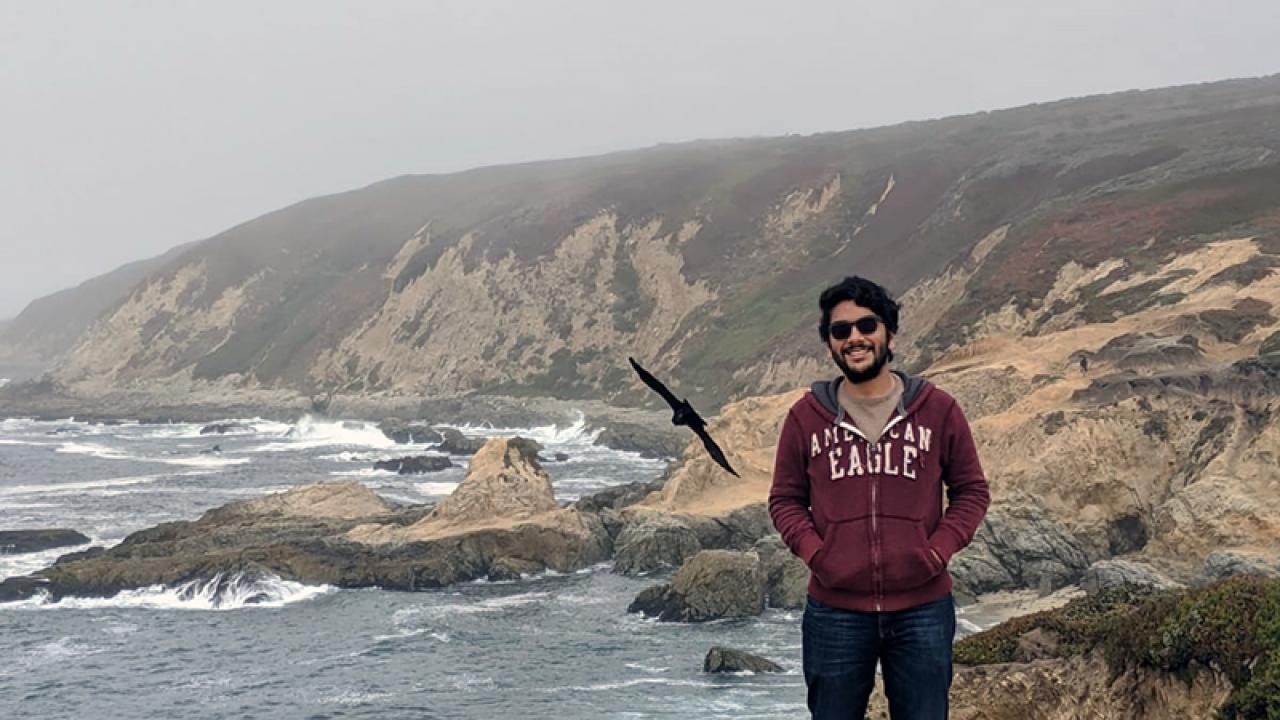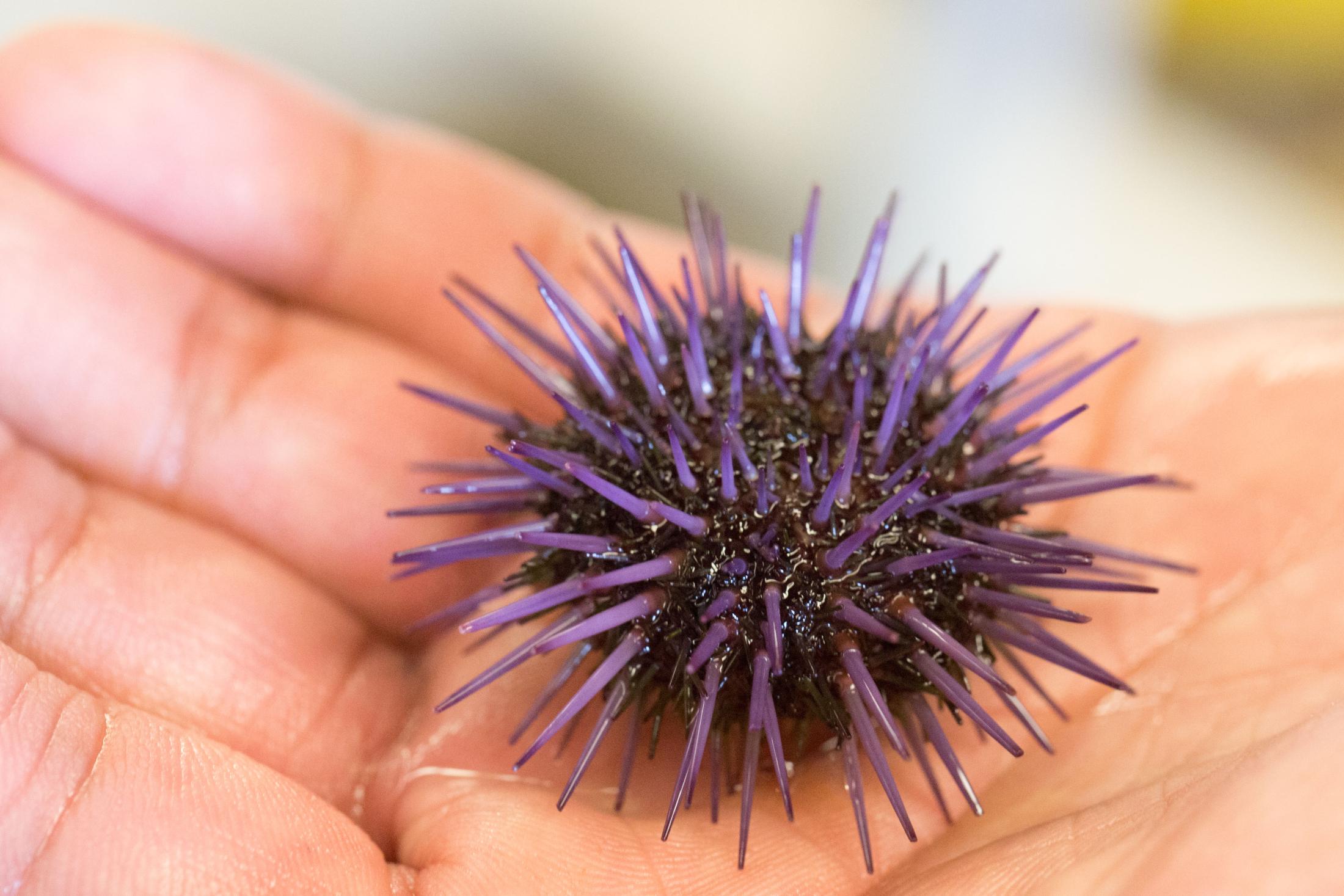
Mathematics and Kelp Collide in California’s Coastal Waters
California’s Kelp Forests
Dense canopies of kelp are a well-known and much-loved feature of California’s coastal waters. Kelp forests create subtidal havens for marine life like red and white abalone, urchins, sea stars, and rockfish. Once plentiful, kelp along the coast of California has faced multiple stressors, each exacerbating the devastating effects of the others. In 2013, many of the sea stars that once thrived in kelp forests fell victim to a mysterious wasting disease, leaving populations of urchins who were once consumed by voracious sea stars to feast on the abundant kelp without mitigating effects from predation. Warming waters have also contributed to the decline of kelp forests by stressing the delicate fronds and affecting their reproductive capabilities.
Mathematics and Kelp Collide
Key Takeaways:
- Kelp forests are crucial as habitat for ecologically and economically important species along California’s coasts.
- By using mathematical models, researchers can evaluate the long-term viability and effectiveness of several different types of recovery efforts.
- Long term recovery efforts will be aided by reductions in purple urchin populations, reintroduction of urchin predators, and increased kelp planting.
Jorge Arroyo-Esquivel, a 3rd year Ph.D. student at UC Davis, is studying ways to gauge and predict the long-term effectiveness of efforts to restore the vibrant kelp forests of California’s coastline. Arroyo-Esquivel is a member of the applied math graduate group under his advisor, Dr. Alan Hastings, and explains that much of their work explores population dynamics, a branch of mathematical biology. By examining the ways in which species interact with their environment, he is able to create theoretical models and predict future shifts in population. As Arroyo-Esquivel puts it, “We’re always trying to answer the question: if I have a group of individuals from a species, will they grow?”
Arroyo-Esquivel knew he wanted to be a marine biologist by the time he graduated from high school. However, life took a different turn once he started college, taking on both physics and biology courses concurrently. Finding that the workload of the two focuses was intensely demanding, he chose to carry on with physics, completing his undergraduate degree in mathematics in his homeland of Costa Rica before coming to California to pursue his Ph.D. at UC Davis. However, upon hearing about the plight of California’s kelp forests through his fiancé, also a Ph.D. student at UC Davis, Arroyo-Esquivel resolved to learn more about the situation and try to come up with a solution.
The first step towards making this a reality was taking a class with Dr. Marissa Baskett, a Professor in the Department of Environmental Science and Policy at UC Davis and Associate Director of Research Initiatives at the UC Davis Coastal and Marine Sciences Institute. In her research, Dr. Baskett uses mathematical models to explore the drivers of adaptation and resilience to environmental change in marine systems, and how management might affect that adaptability.

Evaluating Methods and Success
Under Dr. Baskett’s guidance, Arroyo-Esquivel is putting theoretical ecology to work in developing mathematical models that gauge the effectiveness of three key methods of kelp restoration proposed by NOAA:
- Harvesting purple urchins in order to prevent their ever-growing populations from devouring the remaining and newly forming kelp.
- Kelp planting by “seeding” areas with kelp spores in an effort to make it easier for new kelp plants to grow.
- Kelp replanting, which involves growing kelp in a protected area and planting it out into target areas once it has reached maturity.
Each of the three methods offers promise, and Arroyo-Esquivel’s modeling seeks to determine not only which would be most successful, but also how the methods interact with each other and how cost-effective each is in terms of long-range success. Although the study is still in progress, they’ve already found that replanting partially grown kelp seems to have the highest success rate but is also the most cost-prohibitive of the three, and therefore the most difficult to implement on a large scale. Arroyo-Esquivel also noted that if urchin populations are brought below a critical level in restored areas, kelp forests are often able to maintain a healthy level of growth with little further intervention, making urchin harvesting a strong contender in restoration strategies.
“Even a single strategy can have a huge impact” Arroyo-Esquivel notes, and explains that ultimately, it comes down to balance. “Recovering more ground of the coastline just doesn’t seem to be possible when the urchin population exceeds the healthy baseline for an area, but when we increase the amount of kelp, the number of urchins that area can sustain and still remain healthy increases alongside it.”
Un-Kelpful Challenges
One of the challenges Arroyo-Esquivel and the rest of the project team has encountered is the difference in kelp species in Northern and Southern California. South of San Francisco, giant kelp (Macrocystis pyrifera) is the predominant species all the way south to Mexico, whereas north of San Francisco the dominant species is bull kelp (Nereocystis luetkeana). Because the two species differ in some important ways, measuring restoration progress requires some ingenuity. For example: from above, giant kelp looks more or less the same year-round because it is perennial and continues to grow year after year. In contrast, bull kelp is an annual, completing its life cycle in a single year, which makes it difficult to capture an accurate estimate of bull kelp populations via aerial photography. The often misty conditions off the shores of Northern California also exacerbate the difficulty of capturing accurate aerial information about kelp forests.
What’s in Store for California’s Kelp Forests?
Looking to the future, the team hopes to develop more detailed models and simulations to find an ideal balance of methods for restoration efforts, and Arroyo-Esquivel will be participating in a recently funded kelp recovery research project being conducted by researchers at the Bodega Marine Laboratory. He also hopes to see recovery efforts aided by the eventual reintroduction of sea stars, including Pycnopodia helianthoides, or sunflower sea stars, a familiar sight off the coast of California prior to the insidious advance of wasting disease. Recovery of this and other sea star species could add important balance by reintroducing predation to the purple urchin populations within kelp forests.
Although kelp restoration efforts still have a long way to go, Arroyo-Esquivel is excited to be able to apply his mathematical knowledge and training towards protecting coastal and ocean ecosystems, a subject he’s always felt passionate about. He hopes that the insights gained by this project will lead to even stronger implementation of recovery methods and a more resilient and hopeful future for California’s kelp forests.
